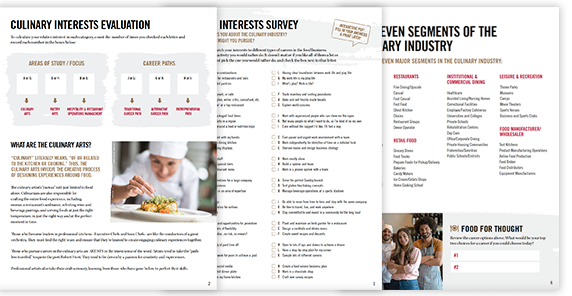How To Make Yogurt
Yogurt has been a major part of world cuisine for centuries, spanning the Earth in all different forms of uses. Soups, salad dressings, garnishes, desserts, dinners, sauces–the possibilities are endless for this adaptable food. Its versatile nature has also let it leak into much of the world’s cuisines, from India and Bulgaria to Greece and the U.S. On top of its many uses, a major reason yogurt has finagled its way into so many cuisines is its incredible health benefits and copious amounts of good bacteria that boost immune system and aid digestion. In fact, yogurt was first introduced to France as a means of curing a king’s weeklong upset stomach. The instant cure led to the king immediately boasting the food’s medicinal qualities and good flavor, making it forever a staple in future French diets. Travelling further west, a yogurt-rich diet has been attributed to long, healthy lives in Bulgaria, Russia and other countries in Eastern Europe. In the U.S., it has been proven through many dieting studies to aid in weight loss. All that on top of great taste? You bet.
In this basic cooking recipe, we tell you everything you need to know about making your own yogurt. Use it for breakfast with granola and fresh berries or learn how to make some tzatziki to pair with shish kabobs for a great weeknight dinner.
Fresh Yogurt
1 qt whole milk
½ cup powdered milk
1-2 tbsp honey
½ cup plain yogurt (room temperature)
1. Heat the whole milk, powdered milk and honey.
2. Combine. Reserve ½ cup and add to yogurt and then add back to mixture.
3. Ferment 3-12 hours at close to 115 degrees Fahrenheit.[/content_locker]





Recent Comments